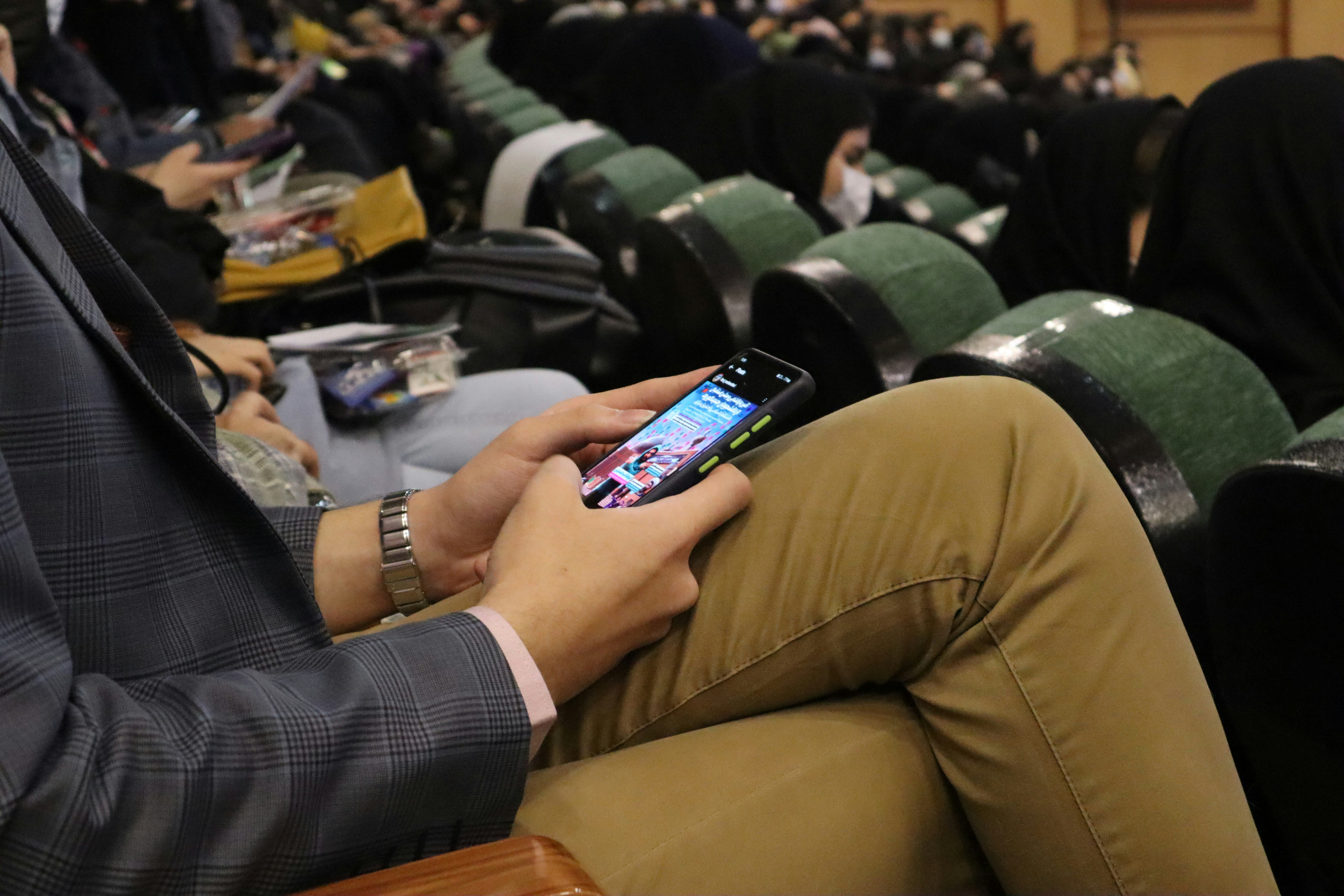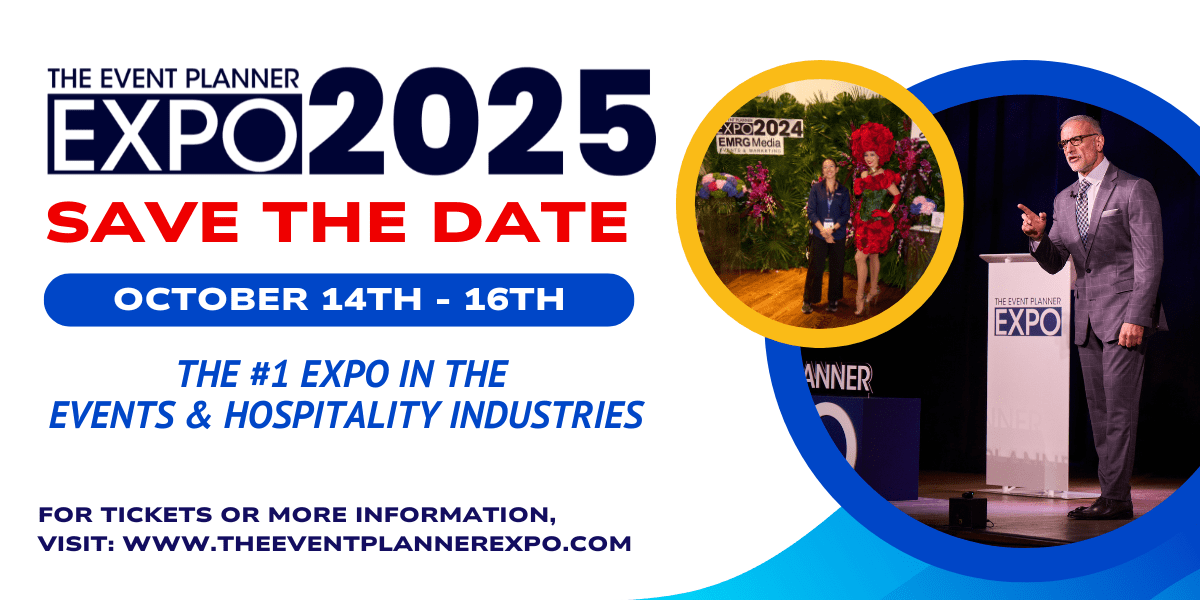Engagement Tactics That Keep Attendees Off Their Phones

New York City event planners have a whole list of obstacles to overcome with every event. One that might get overlooked is the power of distraction. Phones are everywhere, and they’re stealing attention faster than any speaker can grab it. Inbox alerts, Slack messages, and endless scrolling compete with even the best-planned event. The biggest challenge is keeping the room engaged, focused, and energized from start to finish.
The solution? Engagement tactics that surprise people into looking up, leaning in, and actually connecting. Here are real strategies and fresh ideas event planners can use right now to spark attention and create events people talk about for the right reasons.
Start With a Bang, Not a Warm-Up
The first five minutes decide everything. If guests settle into scrolling mode at the start, it’s an uphill climb the rest of the night.
Kick off your event with a moment that actually wakes people up. A roaming performer at each table, a sudden shift in lighting that wakes up the room, or a surprise keynote delivered from the crowd instead of the stage gets attention immediately. Engagement jumps significantly when events start with actual interaction instead of the usual intros.
NYC audiences are savvy. If you can win their attention right away, you’ll keep it.
Design Seating for Interaction
Standard rows equal standard behavior — phones out, heads down. To fight distraction, design seating to push conversation.
-
- Lounge pods for small-group discussions.
- Mixed layouts where cocktail tables and soft seating break up monotony.
- Circular or horseshoe shapes that keep eyes on each other, not screens.
At New York City events, space is often tight. That works in your favor. Intimate layouts make guests feel like participants instead of spectators.
Deploy Micro-Moments of Surprise
Long programs without disruption practically beg people to scroll. Throw in a few surprises along the way.
-
- A performer who appears during transitions.
- A pop-up tasting cart between sessions.
- Live polling that instantly shifts stage visuals.
These unexpected beats act like resets. Attendees get pulled back into the moment before their brains wander to notifications. Studies show that events using surprise elements every 20 to 30 minutes will double the engagement scores compared to those that didn’t.
Give Attendees Control of the Content
Phones are tempting because they give people agency. Compete with that by letting attendees drive some of the event itself.
-
- Real-time voting on which breakout topic to cover first.
- Q&A walls where guests upvote the most pressing questions.
- Choose-your-own-path programming, where participants select tracks or experiences that match their interests.
Agency is the antidote to distraction. When attendees feel like their choices matter, they stay engaged.
Smart Gamification for Real Connections
Gamification has come a long way in recent years to boost engagement. Playful competition is a great way to keep your guests moving and connecting with one another.
Attendees can earn points for networking, participating in polls, and visiting activations. Leaderboards are displayed on large screens, and prizes are awarded at the end to add excitement and motivation. The energy in the room stays high, and people are fully engaged with the experience.
Platforms like SocialPoint and EventMobi make it easy for planners to incorporate gamification into an event with minimal effort, letting interaction and connection happen naturally throughout the event.
Turn Networking Into Experiences
Networking often feels like a chore. Reimagine it as an activity.
-
- Speed networking rounds with curated prompts.
- “Human bingo” cards that encourage guests to find and talk to specific types of people.
- Interactive lounges where attendees co-create something — a mural, a playlist, or a photo wall.
When networking feels like play, people forget about their phones. The social element itself becomes entertainment.
Rethink Panel Formats
Traditional panels invite phones to come out. The new trend? Shorter, sharper formats with heavy interaction.
-
- Fishbowl setups where audience members rotate into the panel.
- Hot seat questioning where attendees get to ask rapid-fire questions directly.
- Lightning panels with five-minute answers instead of drawn-out discussions.
Panels that actually pull people in get noticed. Skift Meetings 2025 found that interactive sessions score much higher on satisfaction than straight lecture setups. Planners who embrace this keep NYC audiences involved and actually talking about the session afterward.
Leverage Immersive Tech Wisely
Phones lure guests with stimulation. Beat that by offering tech that makes screens redundant.
Projection mapping, AR activations, and 360-degree LED walls create environments phones can’t replicate. When the room itself feels like a living canvas, people stop scrolling and start looking around.
One NYC fashion event in 2025 used AR glasses to let attendees interact with collections in real time. Engagement soared, and phones stayed in pockets.
The key: use tech to add immersion, not distraction.
Break Programs Into Bite-Sized Segments
Attention spans are shrinking. Long blocks of content are engagement killers.
Event planners should design sessions and keynotes in sprints. Ten- to fifteen-minute bursts with interactive elements between. TED-style brevity keeps attendees alert and wanting more.
Add short “engagement breaks” — quick polls, energizer activities, or mini-performances — between content blocks. The rhythm prevents boredom and reduces screen time.
Add “In-Between” Entertainment
The quiet transitions are where people default to phones. Fill those gaps.
-
- Live musicians during room resets.
- Digital art displays that change as people move.
- Roaming entertainers who keep energy up while staff handle logistics.
These micro-touches keep attendees stimulated and focused on the event rather than retreating to their feeds.
Use Food and Beverages as Conversation Tools
Catering can do more than feed people. It can spark interaction.
-
- Interactive chef stations where attendees customize dishes.
- Cocktails designed with storytelling elements that tie into the event theme.
- Small plates that encourage sharing and conversation.
New York City events thrive on foodie culture. When the menu feels interactive, people post photos, then put their phones away to actually taste and talk.
Reward Presence, Not Posts
Planners can flip the script by rewarding real engagement instead of social media sharing.
-
- Raffle entries for those caught participating in activities.
- “Unplugged lounges” with perks like chair massages or exclusive tastings.
- Leaderboards for on-site challenges that have nothing to do with posting.
This signals that being present is more important than documenting every second.
Make it Feel Personal
Personalization is one of the simplest ways to keep people engaged. When guests feel seen, they stay connected to the moment instead of their phones. Small, thoughtful touches go a long way:
-
- Welcome messages that greet attendees by name.
- Swag bags curated from registration details.
- Seating plans that pair guests with relevant peers.
These moments make the experience feel intentional and human. When attendees recognize that an event is designed with them in mind, they’re less likely to tune out.
The Art of the Exit
The end of an event is your last chance to leave a memorable lasting impression. A strong send-off can leave people buzzing instead of scrolling.
Hand out branded to-go snacks or signature mocktails for the road. Drop a link to a curated playlist as guests head out, or line the exit with live performers who keep the energy alive. When you close the night with intention, people leave talking about the entire event.
Inside The Event Planner Expo
Guest engagement was one of the hottest conversations at The Event Planner Expo 2025. Event professionals traded new strategies for keeping phones away and eyes up. It’s not an easy task in any situation, but the showcases proved that when engagement is intentional, distraction doesn’t stand a chance.
Looking ahead, The Event Planner Expo 2026 will expand on those ideas with expert sessions focused on keeping audiences engaged from start to finish. It’s where New York City event planners come to learn what truly holds attention and turns participation into impact.
